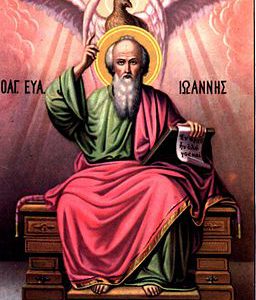The honor of serving God before his throne is the first honor for the people of the New Jerusalem (22:3). Further honors occur in Revelation 22:4-5. Revelation 22:4 says, “And they will see his face, and his name will be…
The People of God as Priests in the Book of Revelation, part 2: Revelation 22:4, the Name on their Foreheads, and the High Priests of the OT






